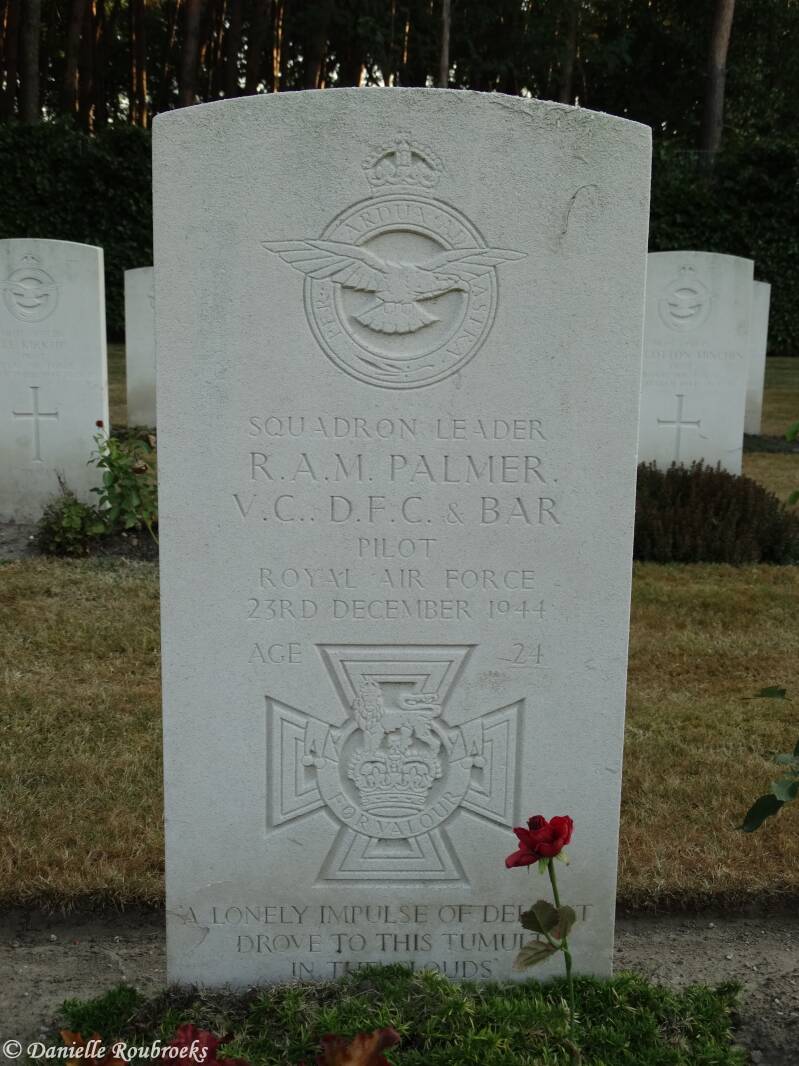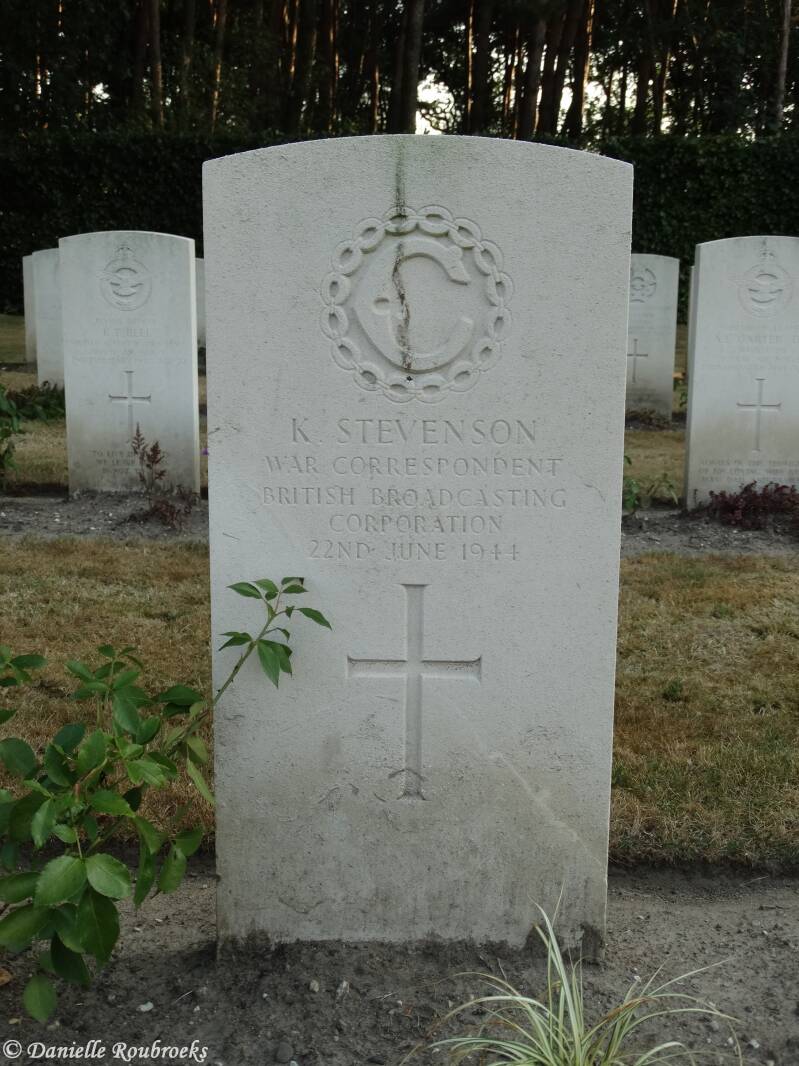Rheinberg War Cemetery
Historical Information (Source: CWGC)
The site of Rheinberg War Cemetery was chosen in April 1946 by the Army Graves Service for the assembly of Commonwealth graves recovered from numerous German cemeteries in the area. The majority of those now buried in the cemetery were airmen, whose graves were brought in from Dusseldorf, Krefeld, Mönchengladbach, Essen, Aachen and Dortmund; 450 graves were from Cologne alone. The men of the other fighting services buried here mostly lost their lives during the battle of the Rhineland, or in the advance from the Rhine to the Elbe.
There are now 3,330 Commonwealth servicemen of the Second World War buried or commemorated at Rheinberg War Cemetery. 158 of the burials are unidentified. There are also nine war graves of other nationalities, most of them Polish.
Served with
- American (1)
- Australian (240)
- Canadian (516)
- Indian (1)
- New Zealand (104)
- Polish (8)
- South African (5)
- United Kingdom (2.308)
Served in
- Air Force (2.791)
- Army (375)
- Merchant Navy (14)
- Miscellaneous (1)
- Navy (2)
VICTORIA CROSS
Squadron Leader Robert Anthony Maurice PALMER - 115772 - 109 Sqdn. Royal Air Force Volunteer Reserve
Died 23 December 1944 Age 24
Country of Service: United Kingdom
Awards: Victoria Cross, Distinguished Flying Cross and Bar, Mentioned in Despatches
Palmer first flew in operations during the Second World War in January 1941 and took part in the first 1,000-bomber raid against Cologne in 1942. He was one of the first pilots to drop a 4,000-lb. 'Cookie' bomb. In 1943 he served with 20 OTU at RAF Lossiemouth in Scotland.
By the end of 1944, Palmer had completed 110 bombing missions, many with the Pathfinder Force necessitating deep penetration of enemy territory and low-level 'marking' operations against heavily defended targets.
Citation
The following is taken from the London Gazette of March 20th 1945 :- This officer had completed 110 bombing missions. Most of them involved deep penetration of heavily defended territory; many were low-level "marking" operations against vital targets; all were executed with tenacity, high courage and great accuracy, so that he was invariably selected for particularly important missions. The finest example of his courage and determination was on December 23rd 1944, when he led a formation of Lancasters to attack the marshalling yards at Cologne in daylight. Before the target was reached heavy anti-aircraft fire was encountered and two of his plane's engines were set on fire. Squadron Leader Palmer ignored the double risk of fire and explosion in his aircraft and kept on. He made a perfect approach and his bombs hit the target. His aircraft was last seen spiralling to the earth in flames. Squadron Leader Palmer was an outstanding pilot. He displayed conspicuous bravery. His record of prolonged and heroic endeavour is beyond praise.
Grave Reference: Joint grave 14. C. 13-14.
(Source: Wikipedia)
KENT STEVENSON – BBC CORRESPONDENT
Kent Stevenson was a BBC correspondent who died on active duty in WW2, he was 36 years old when he was killed on 22 June 1944.
He had been reporting on an air-raid over Germany. He was in an RAF bomber of 49 Squadron which took off from RAF Fiskerton, in Lincolnshire as part of an attack on an oil refinery near Cologne. The Lancaster he was in was one of a number which did not return.
Kent had joined the BBC in March, 1941 and transferred to the War Reporting Unit when it was established in 1943. Like his fellow correspondents, he underwent rigorous training in military survival techniques and how to work in battle conditions. The war correspondents were issued with revolutionary new lightweight recording devices known as ‘midget disc recorders’, which had been specially developed by BBC engineers. Because the correspondents recorded their despatches straight onto disc, they had to learn the art of ‘instant censorship’.
On the evening of 21st June 1944, a force of over 130 Lancasters from 5 Group was to attack the synthetic-oil plant at Wesseling, 15 miles south of Cologne. One by one, the various specialists gave their talks, with Wg Cdr Malcolm Crocker concluding a briefing by stating that he too would be operating, and would be taking along Kent. Also, flying this night would be both of 49’s two Squadron Leaders. Sadly, in just one very short evening, 49 Squadron lost 42 men, including its Commanding Officer and a Squadron Leader. Twenty-seven-year-old Wing Commander Crocker, DFC and bar, along with his second tour crew had all perished over Germany and are buried in the Rheinberg War Cemetery; alongside them lies their intrepid passenger, Kent Stevenson.
(Source: BBC)















































